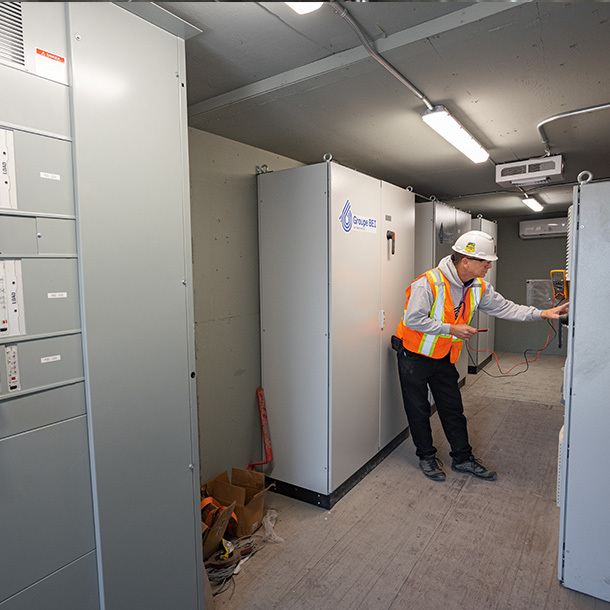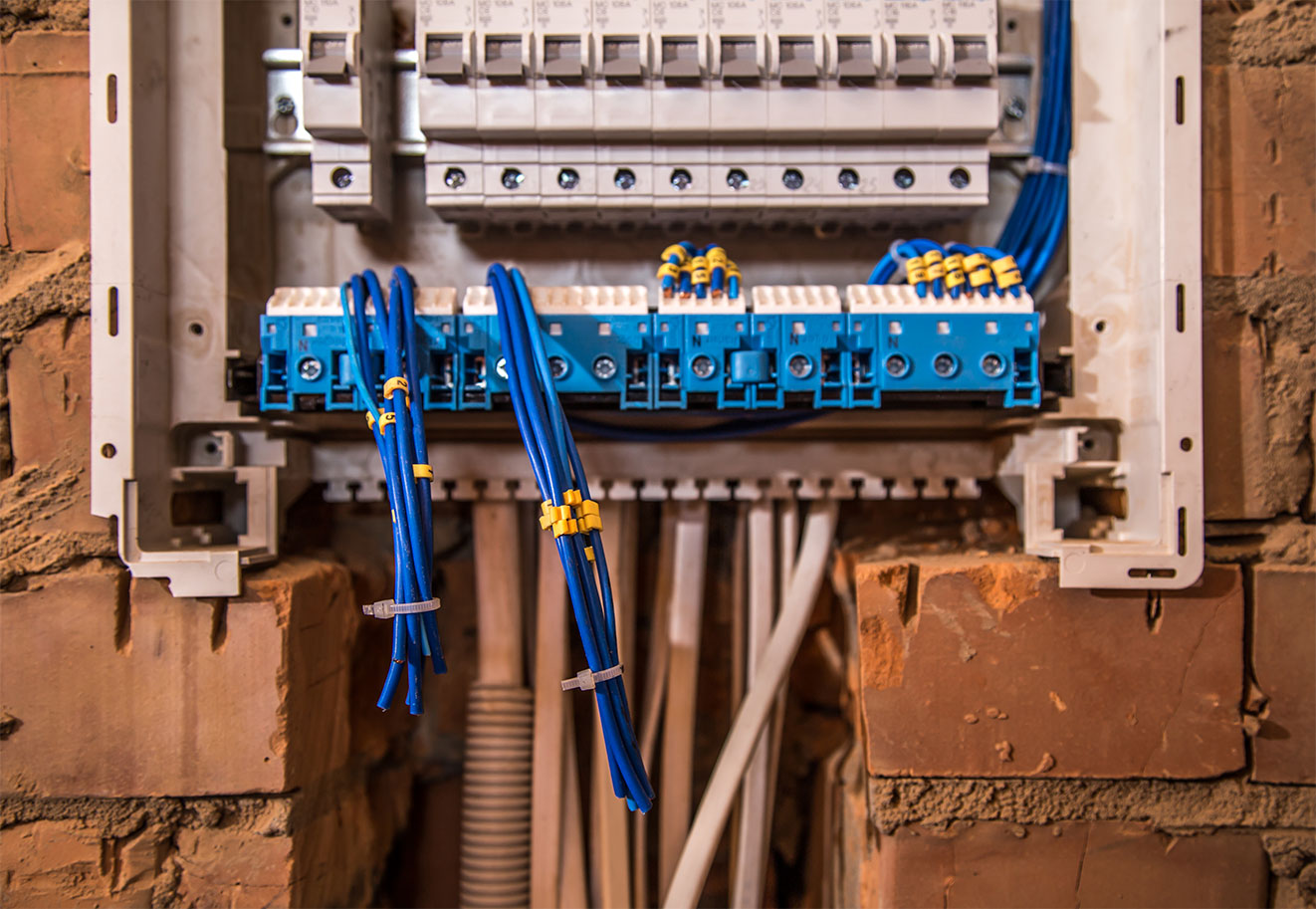A poor power factor can impact the energy performance of industrial installations and lead to additional electricity consumption costs. By optimizing this parameter, businesses can improve the efficiency of their electrical equipment, reduce energy losses, and avoid penalties imposed by some electricity providers. This article will help you understand power factor, identify signs of imbalance, and explore solutions to correct it.
What Is Power Factor?
Power factor (PF) is an indicator that measures how efficiently electricity is used within an installation. It is expressed as a value between 0 and 1, where 1 represents optimal energy usage, and 0 indicates total inefficiency.
How Does It Work?
When the power factor is close to 1, the consumed energy is efficiently converted into useful work.
A low power factor means that more reactive (useless) energy is circulating in the network, increasing total electricity consumption without providing productive benefits.
A poor power factor is often caused by the presence of inductive loads, such as motors, transformers, or coil-based equipment.
Why Correct a Poor Power Factor?
A power factor below 0.9 can have several negative impacts on an industrial electrical system:
- Increased electricity costs: Some energy providers charge penalties to businesses with a low power factor.
- Equipment overload: Excessive reactive energy consumption can cause overheating in transformers and cables.
- Reduced energy efficiency: The lower the power factor, the more electricity is wasted.
- Decreased network capacity: A poor PF limits the ability of installations to properly power equipment.
When Should You Correct Power Factor?
When a Company Is Penalized by Its Energy Provider
Energy providers often impose additional fees on businesses with a power factor below 0.9. Correcting this imbalance helps eliminate these costs and optimize energy consumption.
In Case of Overheating and Premature Equipment Wear
High reactive energy consumption overloads cables, transformers, and motors, leading to:
- Increased equipment temperature.
- Shortened lifespan of electrical components.
- Higher risk of system failures.
Installing power factor correction devices reduces these effects and enhances network reliability.
When Circuit Breakers Frequently Trip
Frequent power outages can be caused by excessive reactive current. A poor power factor can lead to overloads and unwanted circuit breaker trips, disrupting production.
Before Increasing an Installation’s Electrical Capacity
If a company plans to expand its facilities or add new equipment, it should first verify whether its electrical network is optimized.
How to Correct a Low Power Factor?
Installing Power Factor Correction Capacitors
Capacitor banks are the most common solution to correct a low power factor. They:
- Compensate for reactive energy, reducing the load on the network.
- Improve energy efficiency by minimizing electricity losses.
- Eliminate penalties imposed by energy providers.
Using Harmonic Filters
Non-linear loads, such as variable frequency drives and electronic power supplies, can generate harmful harmonics. Installing harmonic filters helps:
- Reduce electrical signal distortion.
- Improve network stability and performance.
Implementing an Energy Management System
An industrial energy automation system helps optimize consumption by automatically adjusting power factor based on electrical demand. It helps maintain optimal balance and prevents performance drops.
Optimize Your Electrical Network with Groupe BEI
A low power factor can result in additional costs and reduced energy performance in an industrial installation. By monitoring imbalance signs, installing power factor correction capacitors, and adopting smart energy management solutions, businesses can optimize their electrical networks and lower costs.
At Groupe BEI, we assist businesses in analyzing and correcting power factor issues. Contact us today for a personalized assessment and a tailored solution for your needs!







